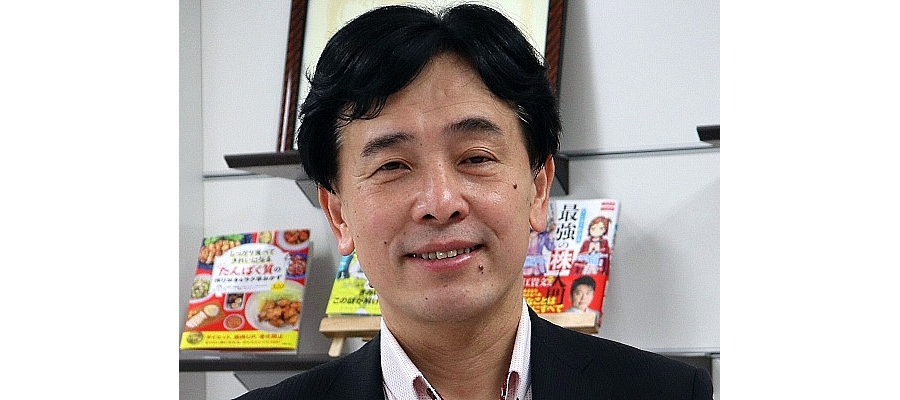
Japan’s ODA recognized and valued
October 2024 will mark 70 years since Japan began providing official development assistance (ODA).
According to the Organization for Economic Cooperation and Development (OECD), the total cumulative ODA from 1960 to 2023, for which data are available, is $638.4 billion, making Japan the world’s second largest donor after the United States.
Japan’s ODA has focused on infrastructure and has been provided mainly to Asia.
Japan’s ODA has contributed significantly to economic growth and poverty reduction in Asia.
The Asian Development Bank (ADB) released a report in 2017 titled “Meeting Asia’s Infrastructure Needs,” which stated that ODA from developed countries, including Japan, fills funding gaps in developing countries and contributes to economic development and poverty reduction, and that Japan’s ODA promotes sustainable development through the provision of high-quality infrastructure, technology transfer, and human resource development.
The poverty head-count ratio at $2.15 a day (2017 purchasing power parity) in East Asia and the Pacific, which was 82.6% in 1981, was reduced to 1% by 2022.
Japan’s ODA is highly regarded in Asia. In an “Opinion Poll on Japan among ASEAN Member States” conducted in November and December 2023, 84% of respondents answered that Japan plays a (very/somewhat) important role in development cooperation including ODA in the international community.”
Criticism in the past
Japan’s ODA has not always been highly regarded in its 70-year history. It has been repeatedly revised in response to changes in public opinion and the environment surrounding ODA.
Japan’s ODA originated as a member of the “Colombo Plan,” an economic cooperation program initiated by the United Kingdom in 1950.
The Colombo Plan was aimed at supporting the economic development of Asian countries, as well as preventing the spread of communism during the Cold War and bringing them into the liberal camp.
On the other hand, after Japan’s defeat in World War II, the Colombo Plan became a valuable means for Japan to rebuild its relations with Asia in ways other than reparations, following the restoration of its sovereignty and return to the international community with the signing of the San Francisco Peace Treaty in 1951.
Furthermore, the goods and services procured through Japan’s reparations and economic cooperation were restricted to Japanese products, making it a form of “tied” aid that directly benefited Japanese companies.
In the 1960s and 1970s, Japan’s ODA was often criticized by people in recipient countries for “prioritizing the economic interests of Japan itself.”
In addition, in order to win project contracts, Japanese companies established opaque relationships with high government officials and influential people in the recipient countries, many of which were dictatorships, raising suspicions that it was a breeding ground for corruption and collusion.
The Japanese companies were also called “economic animals” for their behavior, and they were one of the causes of anti-Japanese demonstrations and riots during Prime Minister Kakuei Tanaka’s visit to Southeast Asia in 1974.
Based on the past, Japan formulated its first “ODA Charter” in 1992, clarifying the basic policy of independent and proactive aid as “non-military purposes,” “environmental protection,” and “support for developing countries’ self-help efforts.”
It also gradually abolished “tied” aid and shifted to a policy of promoting “untying.”
This allowed recipient countries to freely choose technologies and products from other countries, thereby improving the transparency and international reputation of Japan’s ODA.
Japan’s ODA changing in response to environmental changes
In recent years, Japan’s ODA has been modified in line with changes in the international environment and values.
Amid the globalization of the world economy and the intensification of geopolitical competition, Japan has sought to reconstruct ODA as a strategic diplomatic tool.
In 2015, the ODA Charter was revised to the Development Cooperation Charter, incorporating the idea that international cooperation through ODA should contribute to “Japan’s security and national interests.”
In 2023, the Charter was further revised, introducing “offer-type” cooperation, where Japan can make proposals without waiting for requests from recipient countries.
The revision also emphasizes strengthening public-private partnerships by utilizing the technological expertise of Japanese companies in areas such as infrastructure development and technical cooperation.
Currently, the use of ODA as a “catalyst” is being considered, such as supplementing part of the country risks associated with investments in developing countries, in order to attract more private investment to these nations.
It is understandable that, due to geopolitical factors and Japan’s fiscal difficulties, there is a need to shift focus toward “Japan’s national interests and the utilization of private funds.”
However, Japan’s ODA, which “stands alongside partner countries,” is a resource for cultivating Japan’s valuable asset— “trust”—and must never be allowed to be damaged.
(Seiya Sukegawa is Professor at the Faculty of Political Science and Economics, Kokushikan University, Japan, and Visiting Professor, Thai-Nichi Institute of Technology, Thailand.)
ADVERTISEMENT
ADVERTISEMENT








































